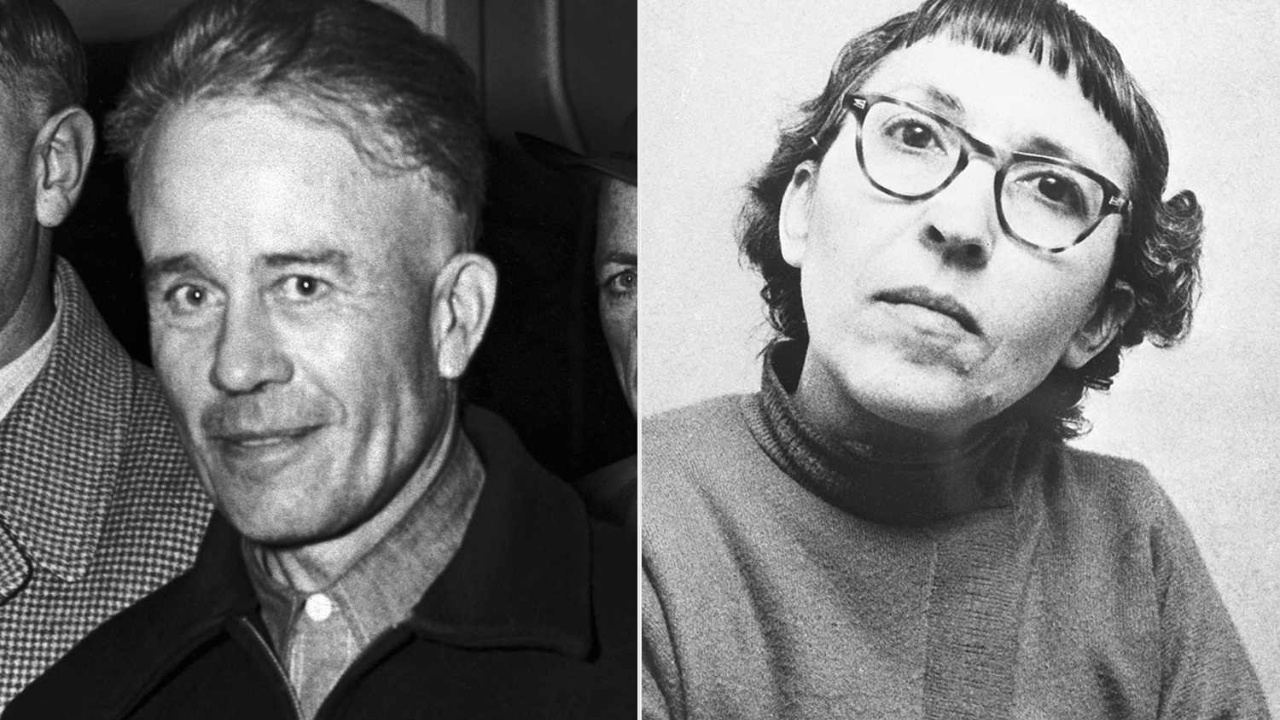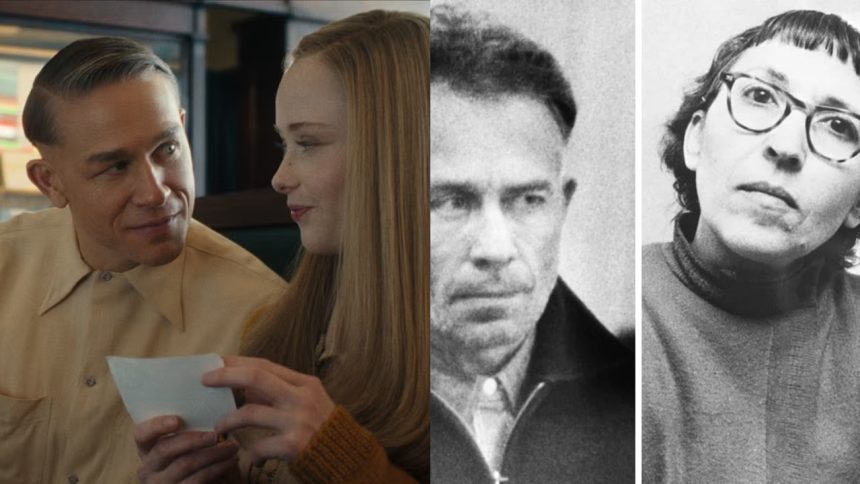The story of Ed Gein, the “Butcher of Plainfield,” is so shrouded in macabre legend that it’s often hard to separate fact from fiction. One of the most persistent tales involves his love life, suggesting that this notoriously disturbed man had a wife or a long-term romantic partner. The truth, however, is far less dramatic and reveals much more about the nature of Gein’s profound isolation than any fictional romance ever could.
At the heart of this rumor is a woman named Adeline Watkins, a real neighbor from Gein’s hometown of Plainfield, Wisconsin. In the immediate aftermath of his arrest in 1957, she stepped forward with a story that captivated the nation. Yet, within weeks, she herself would dismantle the very narrative she had helped create, leaving behind a confusing but ultimately revealing account of what Gein was really like.
The Exaggerated Romance That Captivated a Nation
When the gruesome discoveries at Ed Gein’s farmhouse became public—a house of horrors containing human skin fashioned into furniture, skulls used as bowls, and the remains of his victims—the public was desperate to understand how such a man could exist unnoticed. The idea that he was a complete loner seemed almost as terrifying as his crimes. Then, Adeline Watkins offered an explanation.
In a newspaper interview published just days after Gein’s arrest, Watkins claimed she and “Eddie” had been in a relationship for two decades. She described him as “good and kind and sweet,” a man who enjoyed books about lions and Africa, and who respectfully had her home by her mother’s 10 p.m. curfew. The most shocking revelation was that Gein had allegedly proposed to her during their last date in February 1955. She claimed she turned him down not because of anything wrong with him, but because she felt she couldn’t “live up to what he expected.” For a brief moment, this story painted a picture of a killer who could, at least superficially, mimic a normal suitor.
The Unraveling of the Story and a Glimpse into Gein’s Lonely Reality

The sensational tale of a 20-year courtship quickly fell apart. About two weeks after her initial interview, Adeline Watkins spoke to a different newspaper, declaring the earlier story “exaggerated” and “blown up out of proportion to its importance.” She clarified that while she had known Gein for 20 years, their actual social interaction was minimal and had only occurred regularly for about seven months after 1954. She refuted the claim that she called him “sweet,” stating he was merely “quiet and polite,” and crucially, confirmed she had never once been inside his nightmarish home.
You Might Like: Did Ed Gein Actually Babysit Kids in Real Life?
Watkins’s retraction exposes the fictional nature of the long-term romance. A 20-year relationship would have had to begin in 1937, a time when Gein was still living under the tyrannical control of his mother, Augusta. Augusta was a fanatically religious woman who preached that all women except herself were sinful and corrupt, and she forbade her sons from having any relationships. For the obsessively devoted Ed, carrying on a public courtship under his mother’s roof would have been psychologically impossible.
The reality of their brief, intermittent interactions is perhaps more telling than any fabricated epic romance. Their seven months of occasional movies and visits occurred not before his descent into madness, but in the midst of it. By 1954, Gein’s mother had been dead for nearly a decade, his brother was dead under suspicious circumstances, and Gein was completely alone.
He had already begun robbing graves and had murdered his first victim, Mary Hogan. His attempts to connect with Watkins were not the actions of a normal man, but the awkward, final grasps at normalcy by someone who was already deeply lost. If he did propose, it was likely a desperate attempt to anchor himself to a world from which he had already irreversibly detached.
In the end, Ed Gein never had a wife, and his only true, all-consuming relationship was with his mother. The myth of his romance with Adeline Watkins persists because it adds a layer of tantalizing mystery to his story. The truth—that he was a profoundly isolated, mentally ill man whose crimes were born from a twisted devotion to his mother—is, in its own way, far more revealing about the making of a monster.



